Fatsa
Fatsa is a district of Ordu province, located in the Eastern Black Sea region of Turkey. Due to its location, it is located 40.2 km west of Ordu city center and 110 km east of Samsun province. It is one of the important commercial centers that direct the regional economy. The district, known for its widespread hazelnut production, has contributed significantly to Turkey becoming the 30th country with the most organic production area in the world. Fatsa has been an administrative and commercial center throughout history due to its geographical location. One of the factors that gives this feature is that its economy is based on agriculture. It is located in the regions historically called Fanise, Phadsane, Pytane and Facha. It was definitely taken by the Turks in 1380. During the Ottoman Empire, the liveliness of trade in the district enabled the empire to make economic progress. The proximity of the Silk Road to the district has provided Fatsa with financial benefits for a long time. However, as a result of geographical discoveries, there was a pause in economic activity due to the fact that this road did not function much. There is not enough information about the ancient history of the city. The destruction of historical monuments, the lack of resources from that period, and the lack of importance given to archaeological research have led to little information about the city. In 400 BC, non-Greek indigenous tribes such as Kolkhs, Drillers, Halips, Mosiniks and Tibarens lived in Fatsa and its surroundings. Important finds from the period were found in Çıngırt Kaya and its surroundings in Yapraklı district. Starting from 675 BC, the Cimmerians, the Persians, in 547 BC, the Macedonian emperor Alexander the Great in 334 BC, and their commanders between 312 and 208 BC dominated Fatsa and its surroundings. The most notable ancient period in Fatsa is the Pontus Kingdom period. The period of Pontus Kingdom domination caused the region called Side to become even stronger. Fatsa's important place in history started in the 1st century AD. After the death of Mithridates II. Farnak became the head of the Kingdom of Pontus, a kingdom affiliated with Rome, between 65-42 BC. While Farnak II was ruling where today's Fatsa is located, he tried to both gain independence and expand his administration by taking advantage of Rome's internal turmoil, but he was unsuccessful. II. Farnak had a castle built in the name of his daughter Fanizan. Because of this castle, the town was named Fanizan. The town, which was known as Fanise, Phadsane, Pytane and Faça in the following centuries, was finally named Fatsa. Fatsa was located within the borders of the Kingdom of Pontus. The town is called Fatizan Castle in Şarl Teksiye and Vadisane in the provincial annals. II. After Farnak, Polemon, who came from a different dynasty, ruled the region. In 63 AD, the Polemoniakos administration was abolished by the Roman Empire, and in 395 AD, these lands were transferred by the Roman Empire to the Byzantine Empire. As a result of the raids of the Pecheneg and Cuman Turks who entered Anatolia in 391 AD, the first Turks entered Fatsa. The definitive settlement of the Turks in the Fatsa region was achieved as a result of the raids that took place after the Battle of Manzikert in 1071. Sevli Bey, one of the lords of Danişmend Gazi, took action from the Ladik region and in a short time; He conquered Samsun, Ünye, Fatsa and Giresun regions and managed to advance as far as Trabzon. Thanks to the tribes that settled after these events, the process of Turkification and Islamization began. The most important of these tribes is the Chepni. After the Chepnis provided this infrastructure, the period of dominance of a Turkish Principality named Hacı Emiroğulları began in 1380. Between 1427 and 1428, Fatsa was included within the borders of the Ottoman Empire with Yörgüç Pasha's Canik expedition. The Hacı Emiroğulları period formed the basis of the Turkish population in Fatsa. In the 13th and 14th centuries, the influence of Genoese colonies was visible in the coastal area. The redoubt on the beach was used as a warehouse by the Genoese. During this time period, Fatsa became one of the important trade centers of the Black Sea. Black Sea dominance of the Genoese, II. They left Fatsa during this period because it ended in the Mehmet period. The period of Turkish domination in Fatsa started in 1380 with the Hacı Emiroğulları principality, and during the Ottoman Empire between 1427-1428.




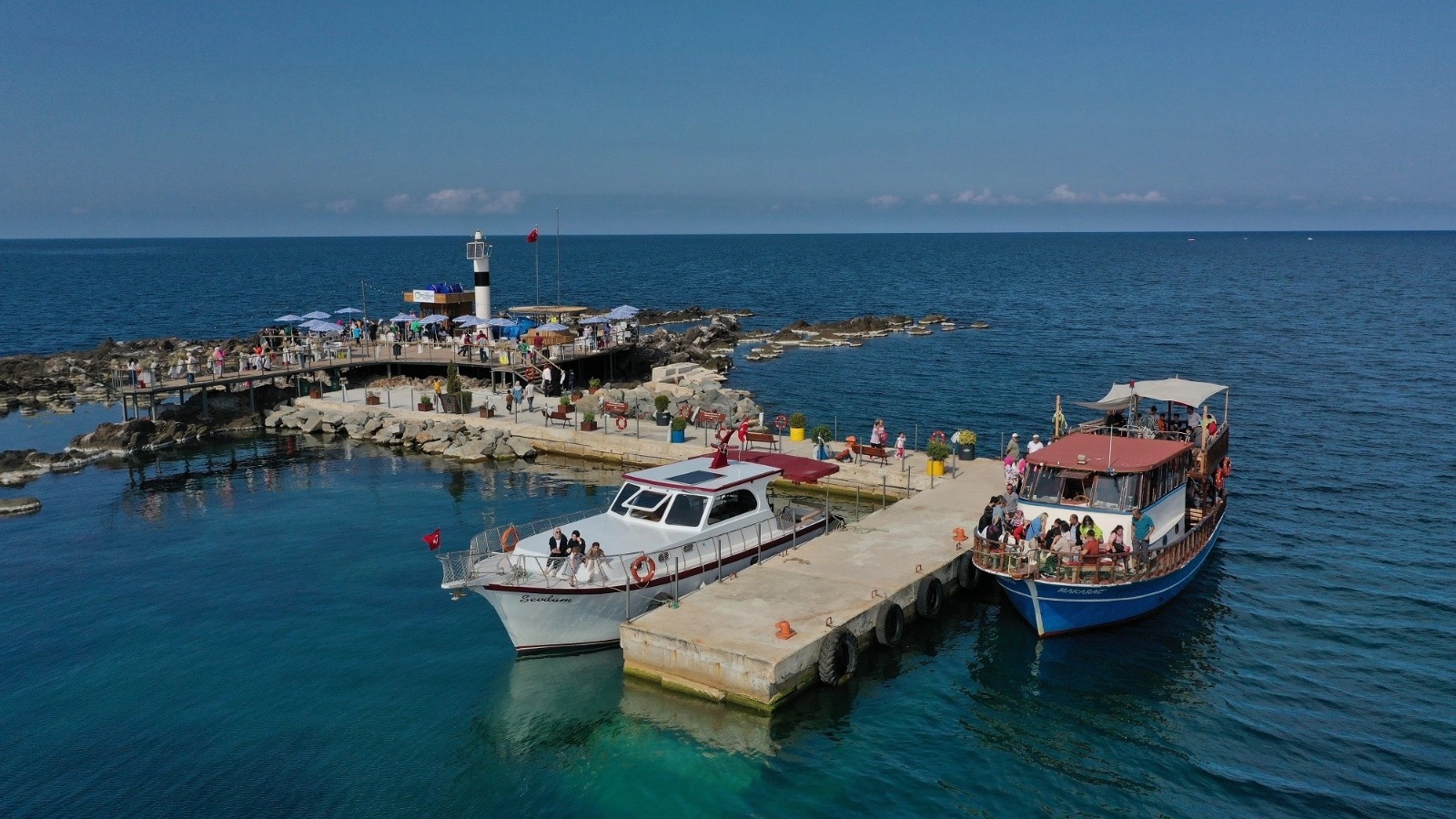
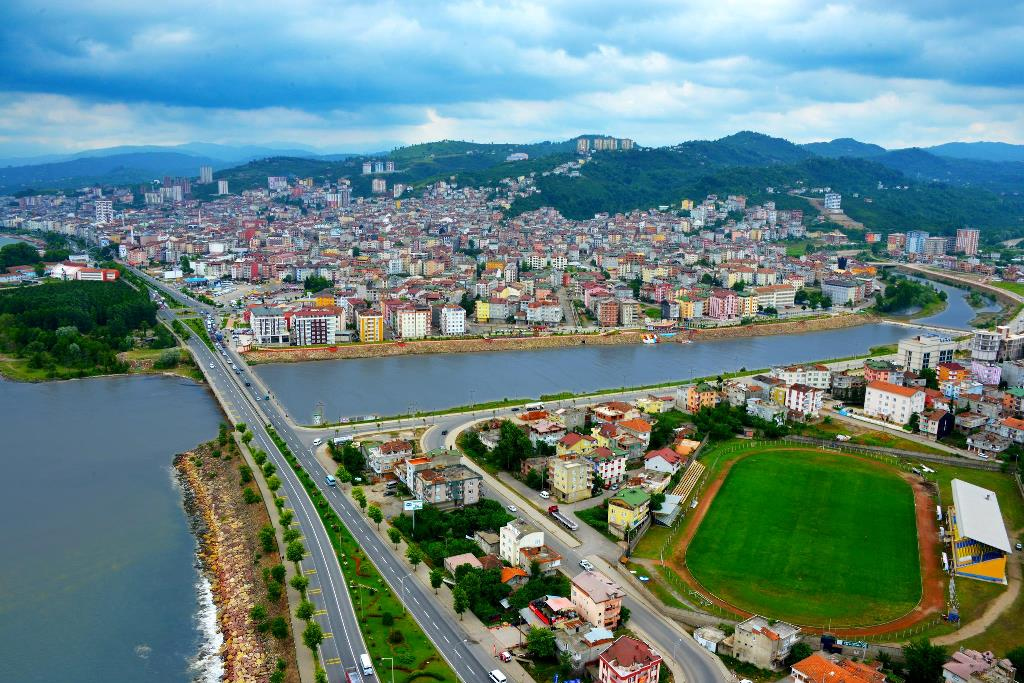
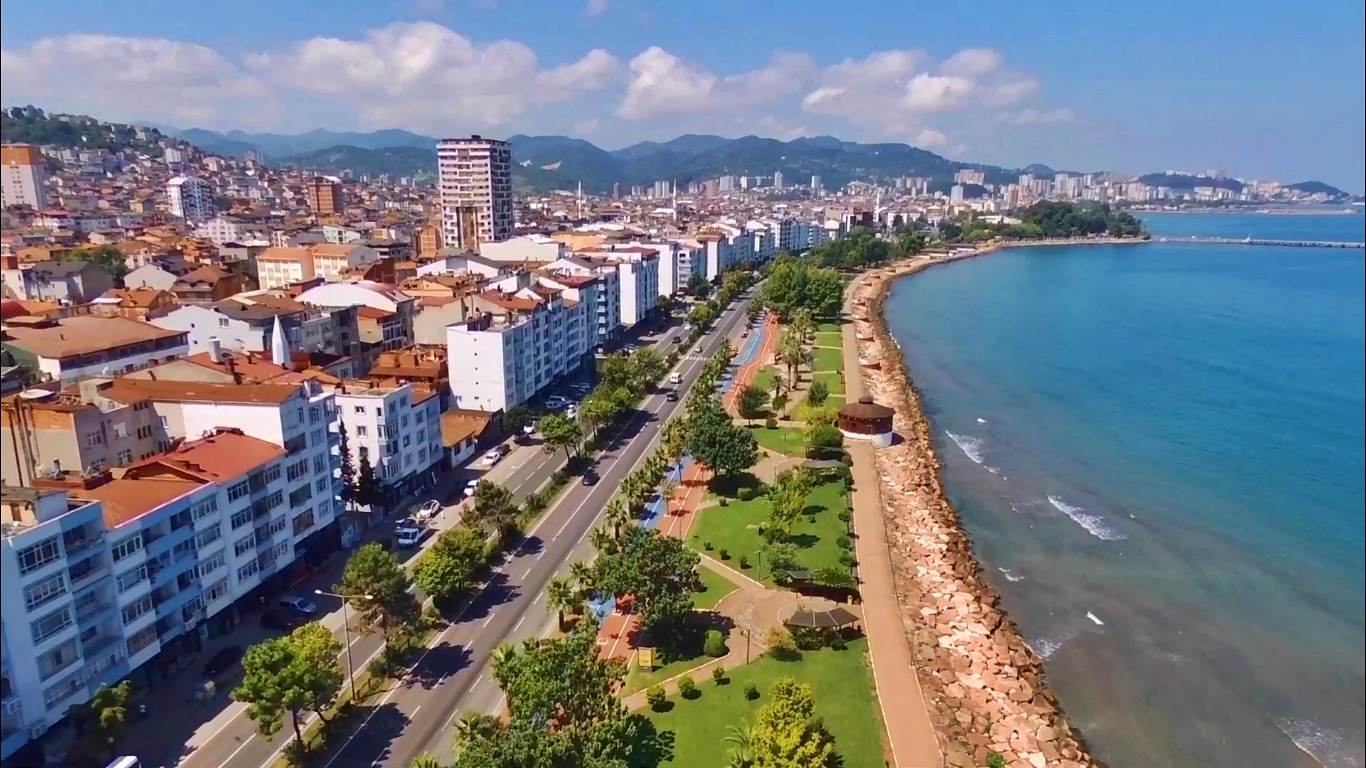
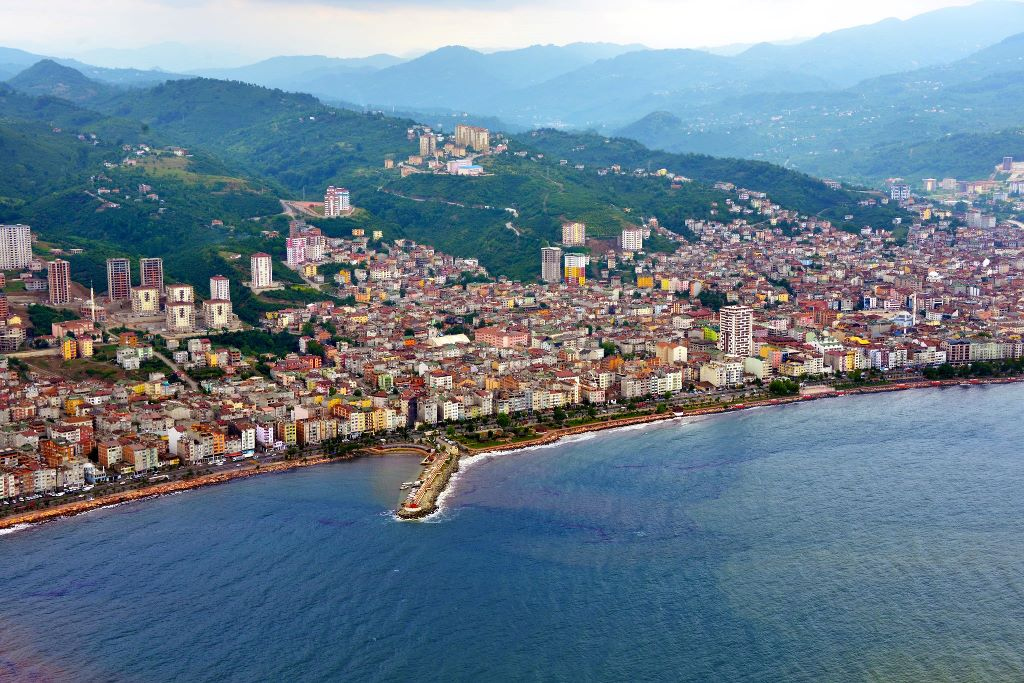
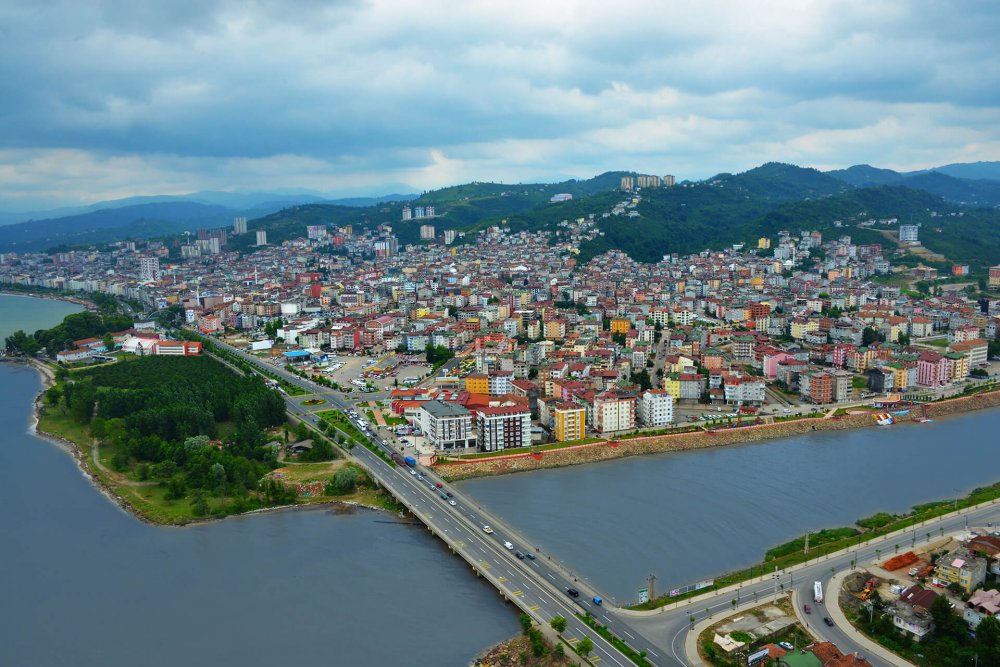
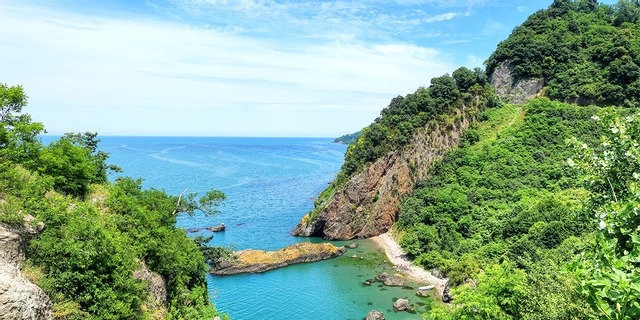
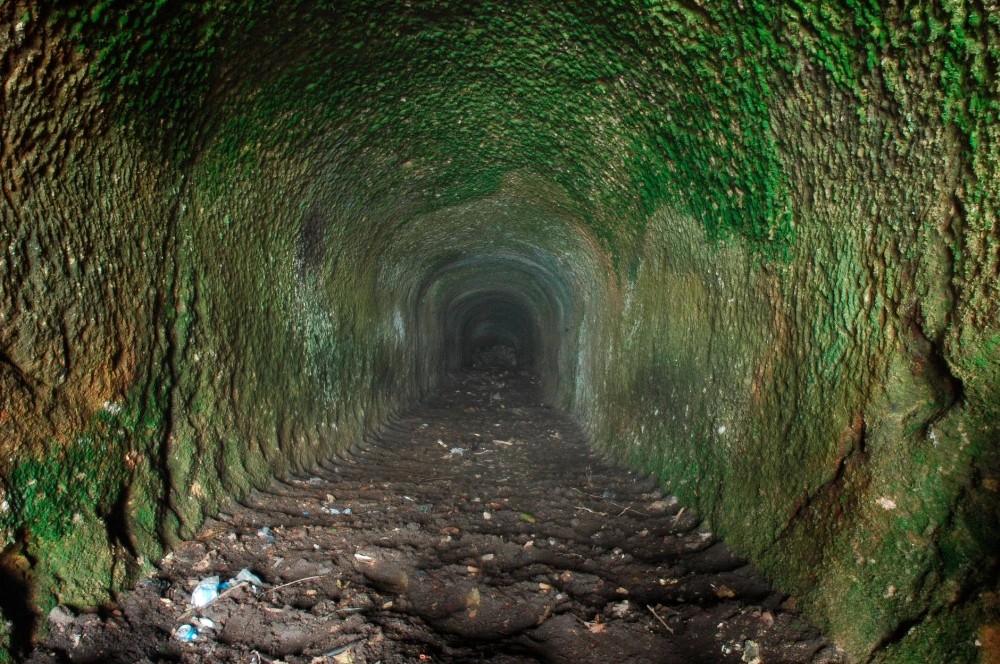
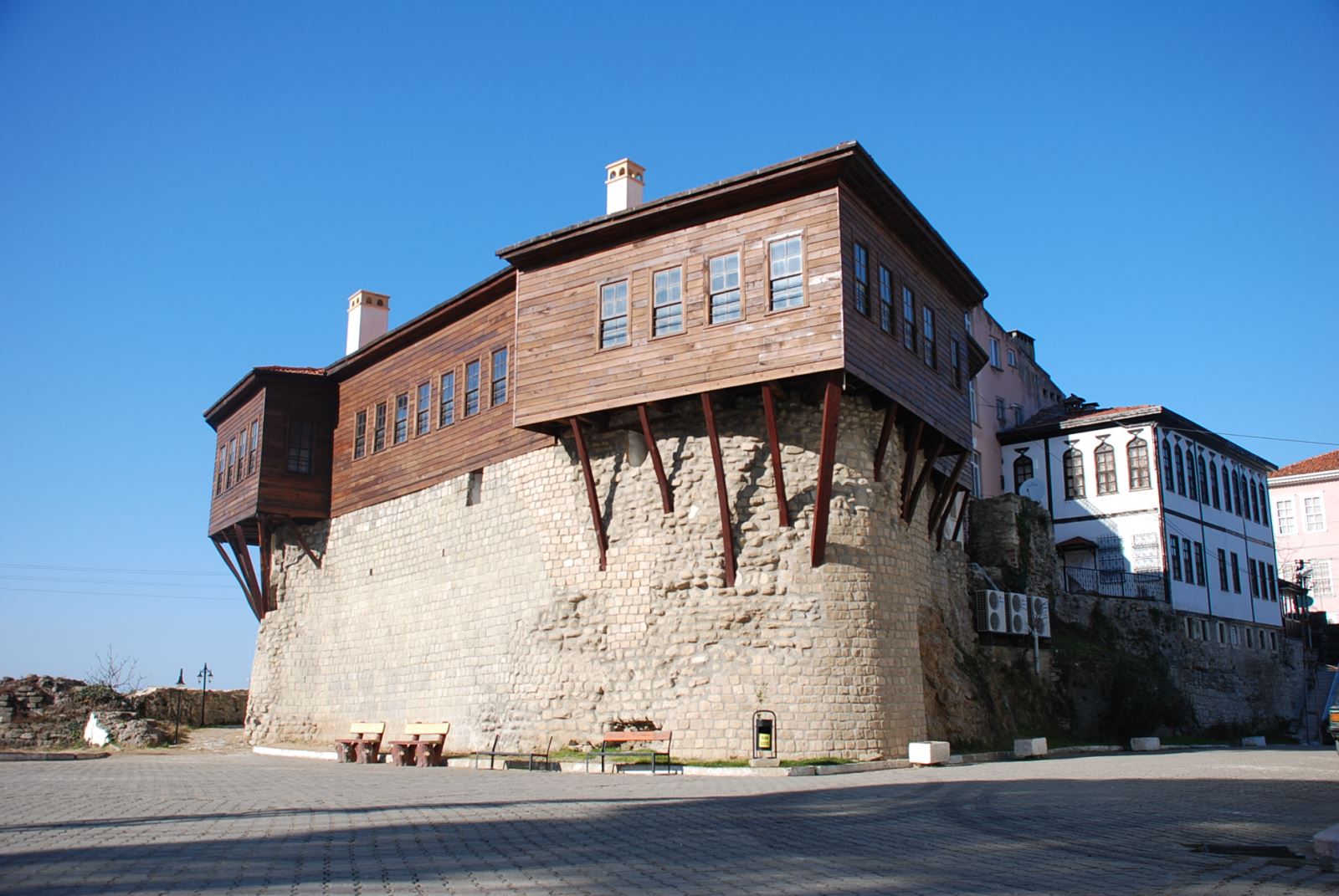
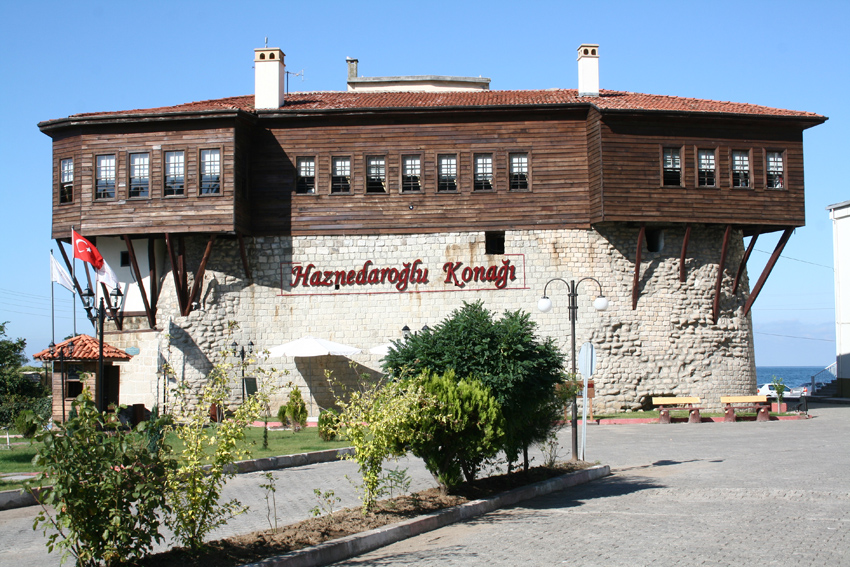
Leave Your Comments